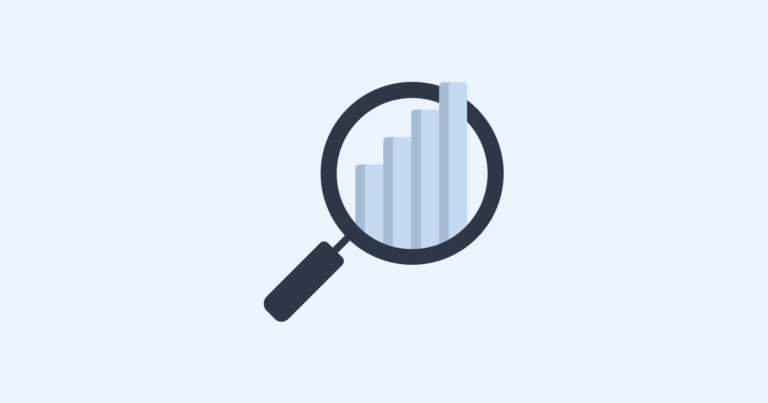Google has become stingy with their keyword data – unless you pay them for it. Use Google Ads to get data on search queries and unlock opportunities.
Why it’s a good idea
Google provides a reasonable amount of keyword data in Google Search Console, but that only covers keywords that your website ranks for.
By collecting keyword data (and performance data) on keywords that you do not already rank for, you can deploy your SEO investments with more certainty and efficiency.
If you’re able to uncover keywords that convert well, you can begin targeting them with SEO efforts and have a dual-pronged approach to search marketing.
🌟 This Guide is Part of a Series of Marketing Patterns
For more free and ready to use marketing strategies just like this one, view the full marketing patterns library.
Strategy Analysis
The easiest way to collect data is to set up a prospecting campaign or set of campaigns.
Pro Tip: Create a distinct/separate ad group to avoid ad rank issues leaking into other campaigns or ad groups.
Pay attention to the time
Search volume (and commercial intent) varies by day of week and time of day, so your data would be most accurate if you’re able to target a full business cycle. This could be as simple as a week or as complex as a season or custom duration for an event, depending on what your business sells or targets. For example, local businesses with daytime business hours might only be interested in capturing data during those hours. Another example is an online retailer interested in data on certain holidays or certain sporting events.
Harvest your data
Once you’re satisfied with the number of impressions over your timeframe, you can view the search terms report:
- Sign in to your Google Ads account.
- Click All Campaigns in the navigation pane on the left, then click Keywords in the page menu.
- Click Search terms at the top of the page.
- You’ll see data on which search terms a significant number of people have used and triggered impressions and clicks.
- You can alter your search terms report and modify which columns show by clicking the column icon Columns. This will allow you to add, remove, or reorder the columns in your report.
- To download the data in a report, click the three-dot icon and select Download. Starting in September 2020, the search terms report only includes terms that a significant number of users searched for, even if a term received a click.
Build a process
It’s almost always a smart idea to build a process around data. One could, for example:
- Create prospecting content that broadly targets an audience
- Run Google Ads prospecting campaigns to populate the search terms report
- Create more specific pages based on what seems viable
- Run a targeted SEM campaign/ad group for these queries while you wait for SEO to kick in
This type of process can be very efficient and help direct SEO efforts a lot better than merely relying on ahrefs or other external (to Google) data sources.
Note that this concept always works for many social channels (identifying volume and interest).
Budget Considerations
The rule here is that you can’t be too concerned with ROI. Mentally, you need to accept that you are investing in data, not conversions.
This is not a marketing campaign, it’s a marketing expense.
You need to bid to target the first page and high impression share to represent search volume accurately, but you don’t need to optimize for clicks.

